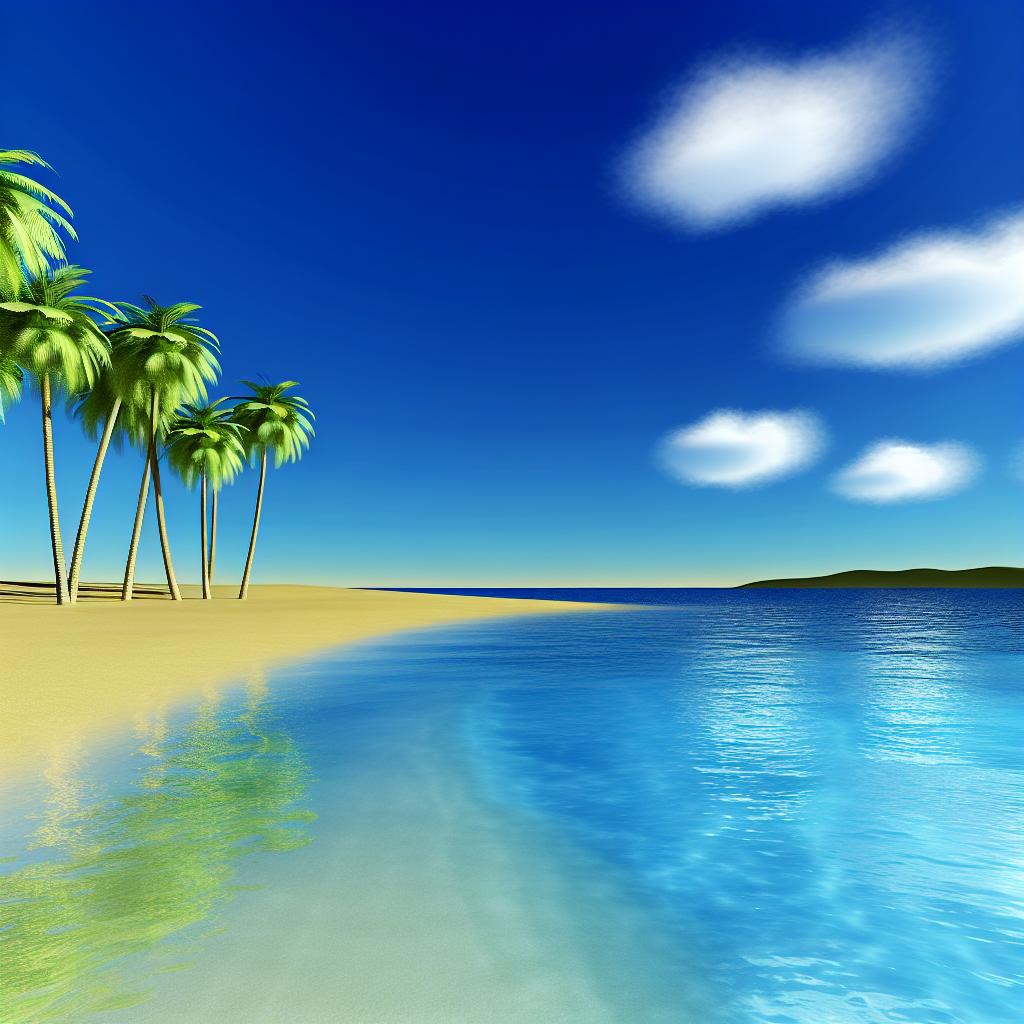Spotting Sea Turtles at Night on Corn Island, Nicaragua
Corn Island, located off the coast of Nicaragua, is one of the most remarkable destinations for those interested in witnessing the extraordinary life cycle of sea turtles. This location serves as a critical nesting ground for various species of sea turtles, offering visitors an unparalleled opportunity to observe these creatures in their natural habitat.
The Best Time to Visit
The ideal time to experience sea turtle nesting on Corn Island is between May and October. This period aligns with the nesting season, when different species, notably the endangered hawksbill and green turtles, arrive to lay their eggs. Within this timeframe, the months from July to September are often optimal, as they represent the peak activity period for nesting. Planning a visit during these months can significantly enhance the likelihood of witnessing this remarkable event.
Nighttime Nesting Activities
Sea turtles generally prefer to nest under the cover of darkness. The night provides a range of advantages that increase the chances of a successful nesting. The cooler temperatures at night, combined with the reduced presence of predators, offer a safer environment for turtles. Moreover, the quiet and stillness of the night reduce the risk of human-induced disturbances. Visitors who venture out during these hours can experience the serene spectacle of these majestic animals engaging in the ancient ritual of nesting.
Guided Tours
For those interested in observing the turtles, participating in a guided tour is highly recommended. These tours are organized by local organizations and tour operators on Corn Island who have extensive knowledge about turtle behavior and conservation efforts. By joining a tour, visitors can learn about the specific nesting habits of the turtles and the importance of conservation practices. The tours are designed to minimize disturbance to the turtles and their environments, ensuring that such observations are conducted responsibly and ethically.
Conservation Efforts
Taking part in a sea turtle tour on Corn Island is not only educational but also contributes directly to conservation efforts. A variety of local groups are actively involved in protecting sea turtle nesting sites, conducting public education initiatives to raise awareness about the threats these animals face. Some of the main challenges include climate change, which affects nesting sites and hatchling survival, pollution, particularly plastic waste which poses a threat to marine life, and illegal poaching for turtle eggs and shells.
Engaging with these organizations during your visit supports sustainable tourism practices and the long-term protection of sea turtle populations. Many groups rely on volunteers and the financial support from eco-tourism to maintain their efforts. Participating tourists are often encouraged to spread awareness about the importance of preserving these fascinating creatures and their habitats.
To gain more insight into the ongoing conservation work and how to support it, visitors can explore various resources available at tourist centers across Corn Island. These centers often provide detailed information on the best practices for observing sea turtles and the steps being taken to ensure their welfare. Additionally, accessing official conservation websites can offer a global perspective on the initiatives being undertaken to protect the world’s sea turtle populations.
Investing time in understanding the challenges faced by sea turtles can create a more meaningful experience for visitors, transforming them into advocates for marine conservation. Such experiences underscore the significance of preserving not just the stunning biodiversity of places like Corn Island but also ensuring that future generations can enjoy these natural wonders.
The opportunity to see sea turtles nesting on Corn Island is a distinctive experience, creating lasting memories while also contributing to the conservation of endangered species. Through responsible tourism and concerted conservation efforts, we can strive to safeguard the future of these remarkable marine creatures and their habitats.

